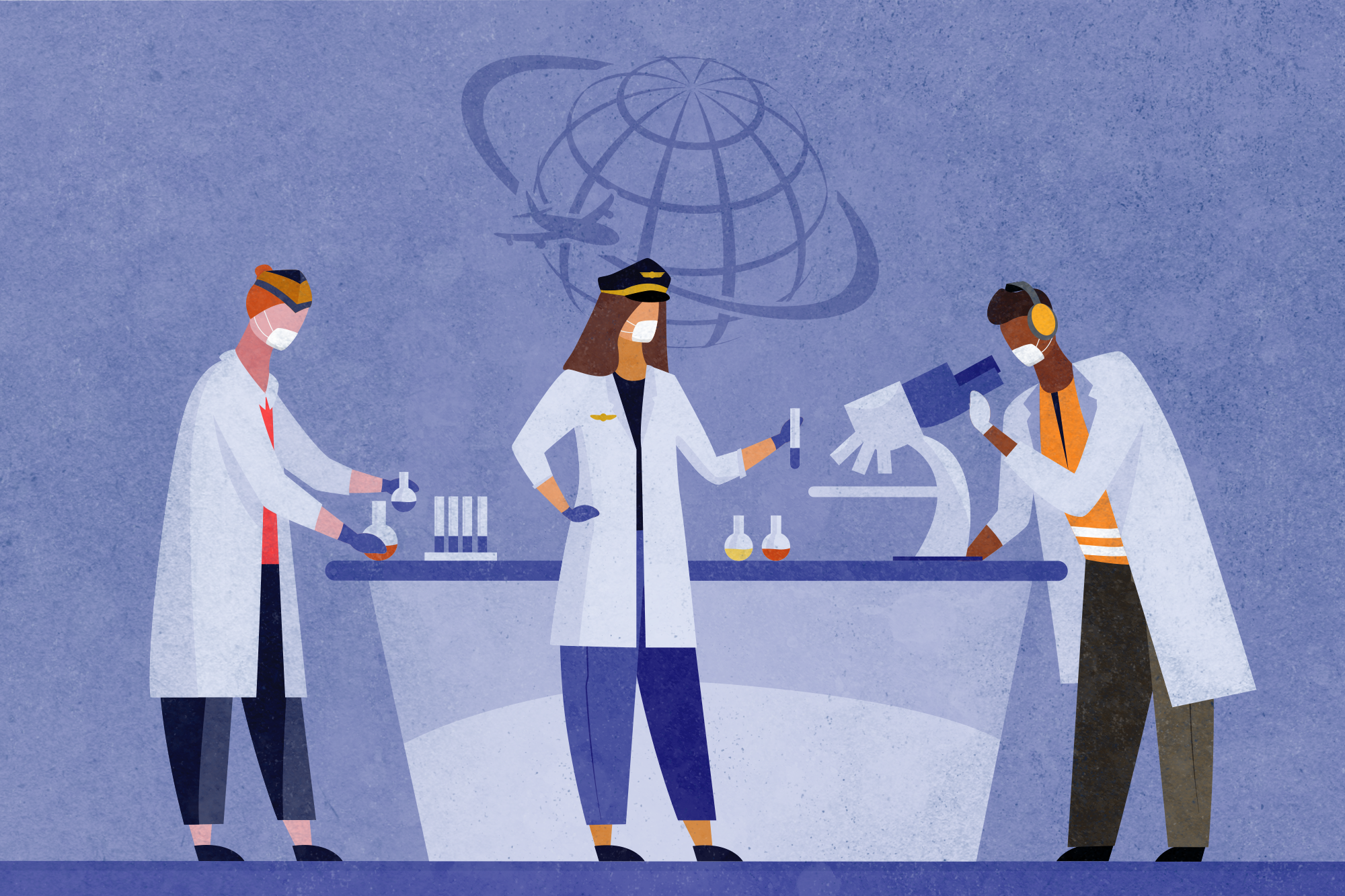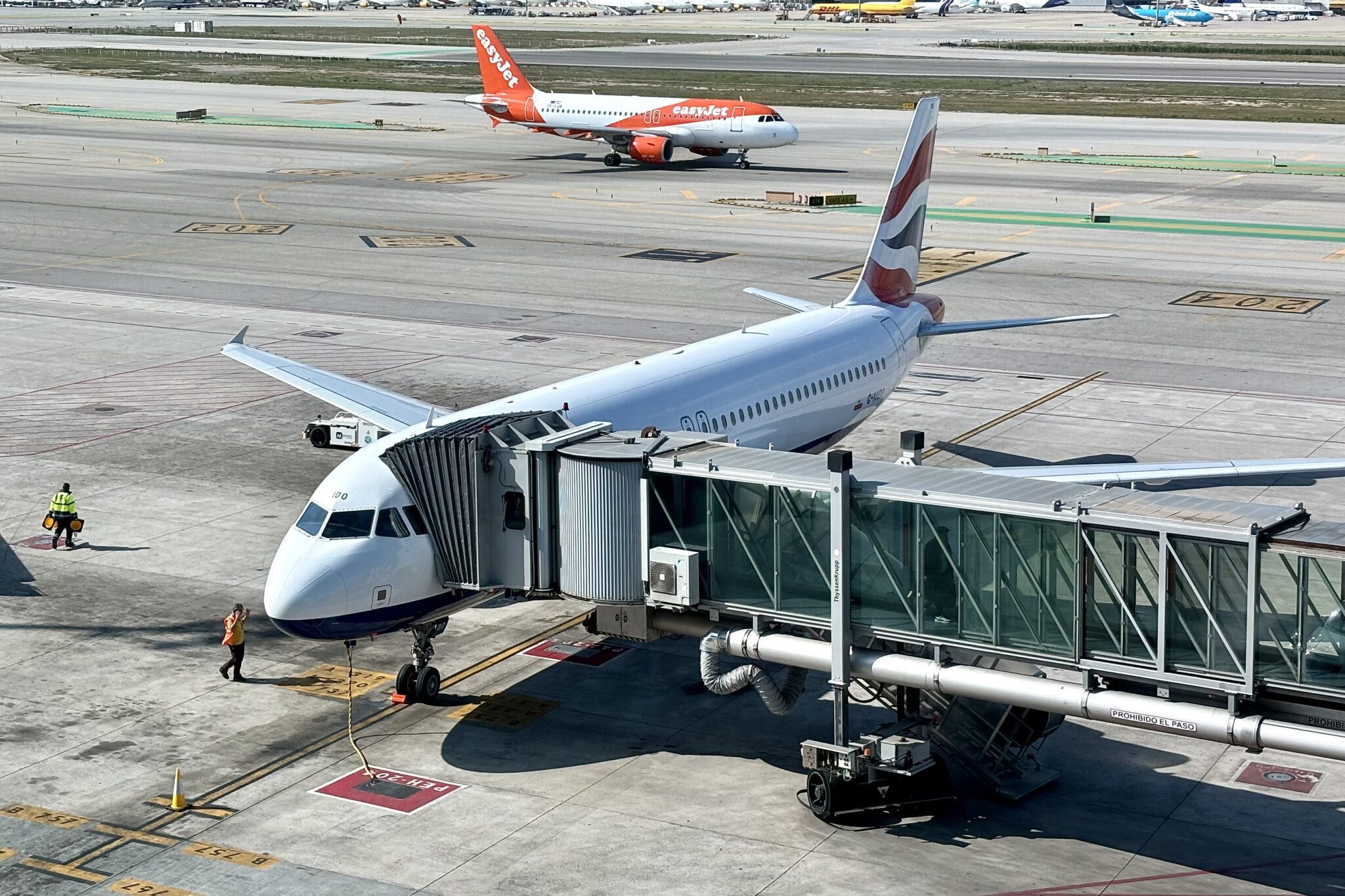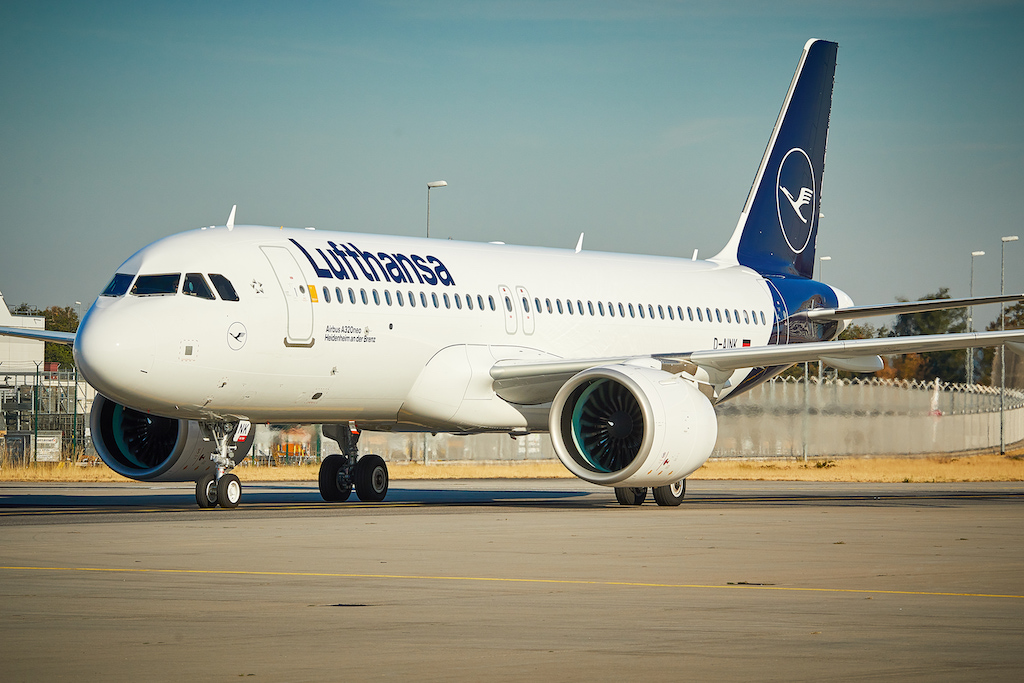The airline industry holds out hope that rapid-result testing could be the way for it to convince passengers to take to the skies and avoid mandatory 14-day quarantines many destinations have imposed. But is this an effective strategy to combat the spread of Covid-19, or is just more health theater?
United today said it will be the first U.S. airline to administer rapid tests to passengers on October 15, when it rolls out the program for Hawaii-bound travelers from San Francisco. The airline said it worked with the government of Hawaii on the program, and passengers who comply may avoid Hawaii’s strict 14-day quarantine for inbound passengers. Passengers can either take a test at San Francisco International, with results available in 15 minutes. Or they can take a home test within 72 hours of departure and mail the swabs in or drop them off at the airport. “Our new COVID testing program is another way we are helping customers meet their destinations’ entry requirements, safely and conveniently,” said Toby Enqvist, United chief customer officer.
Earlier this year, Emirates announced a rapid-response test for flights from its Dubai hub to Tunisia, but dropped the program after it was found to be only 30% effective.
For several weeks, IATA has been calling on governments to permit rapid-response testing to replace quarantines, which it says puts a dampener on air travel demand. International travel is down 92% from 2019, and even though some countries have begun to re-open, travel is “impractical” when passengers have to sequester themselves for two weeks on arrival. Moreover, airlines and passengers need clarity, and the current patchwork of differing regulations makes travel planning impossible, the group said. Testing upon arrival, as some countries have proposed, also puts a damper on demand, as passengers may worry about having to quarantine if they test positive.
The problem with all of these plans is the efficacy of testing itself. Temperature checks, which many airports and airlines around the world have begun, miss asymptomatic carriers of the disease. And the various antibody, nucleic acid, and protein tests can result in false negatives. More importantly, those tests can miss people who have been infected at the airport or even one or two days before travel, science writer Laurie Garrett said at the Skift Global Forum earlier this week. Unlike with SARS, people infected with the coronavirus are most infectious in the day or two before they start exhibiting symptoms, she said.
Garrett’s best-case scenario is a 36-month period for the pandemic to run its course and to be successfully controlled with a vaccine. Airlines have tacitly acknowledged this. United CEO Scott Kirby, speaking at the Skift Global Forum, said the carrier expects to be half its size through the end of next year. And IATA has said it doesn’t see a full recovery until 2024.
In the wake of the Sept. 11 terrorist attacks, governments imposed a variety of security measures (removing shoes, banning liquids) that continue despite those specific threats having diminished — what security experts call “security theater.” So are these rapid-response tests similar? Yes and no. Yes, because they may prevent some infected and contagious passengers from boarding aircraft and spreading the disease on the plane or at their destination. And no, because it’s more likely that these tests are health theater, more to allay fears than to serve any public-health interest.
In other words, airlines and passengers eager to travel may have to wait for the widespread distribution of an effective vaccine before travel once again returns to 2019 levels.





